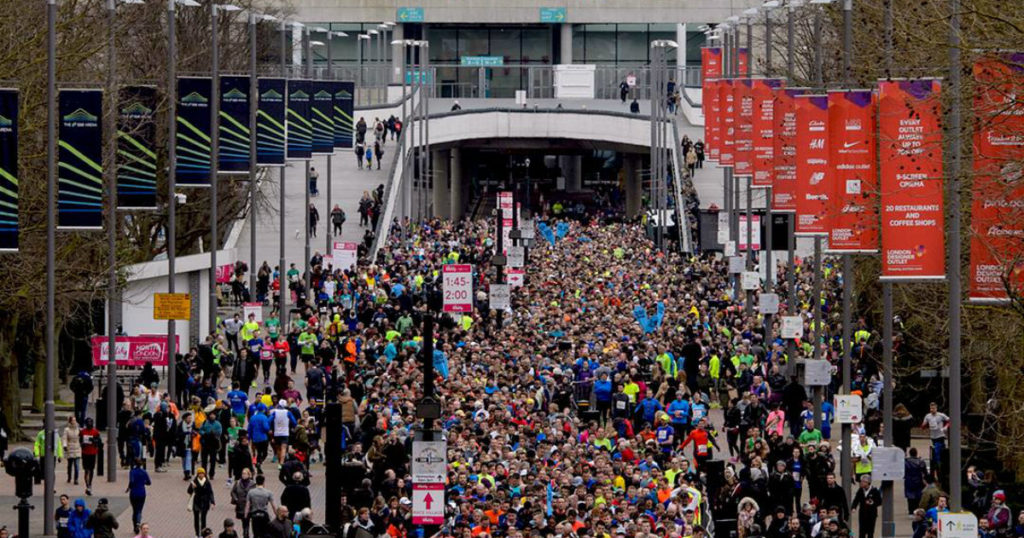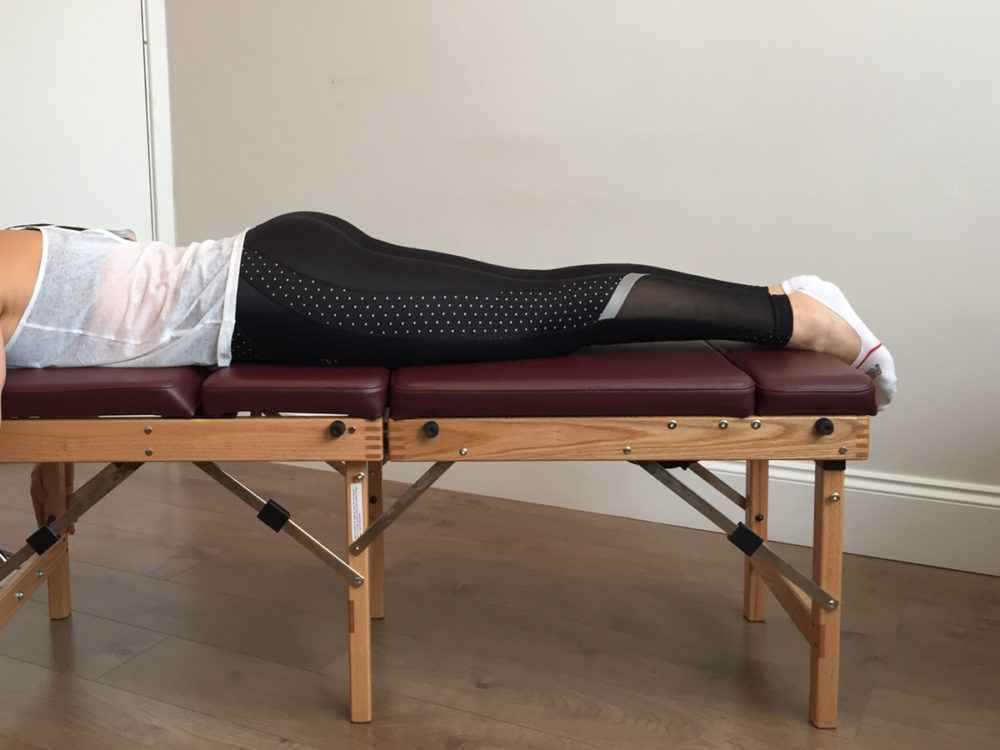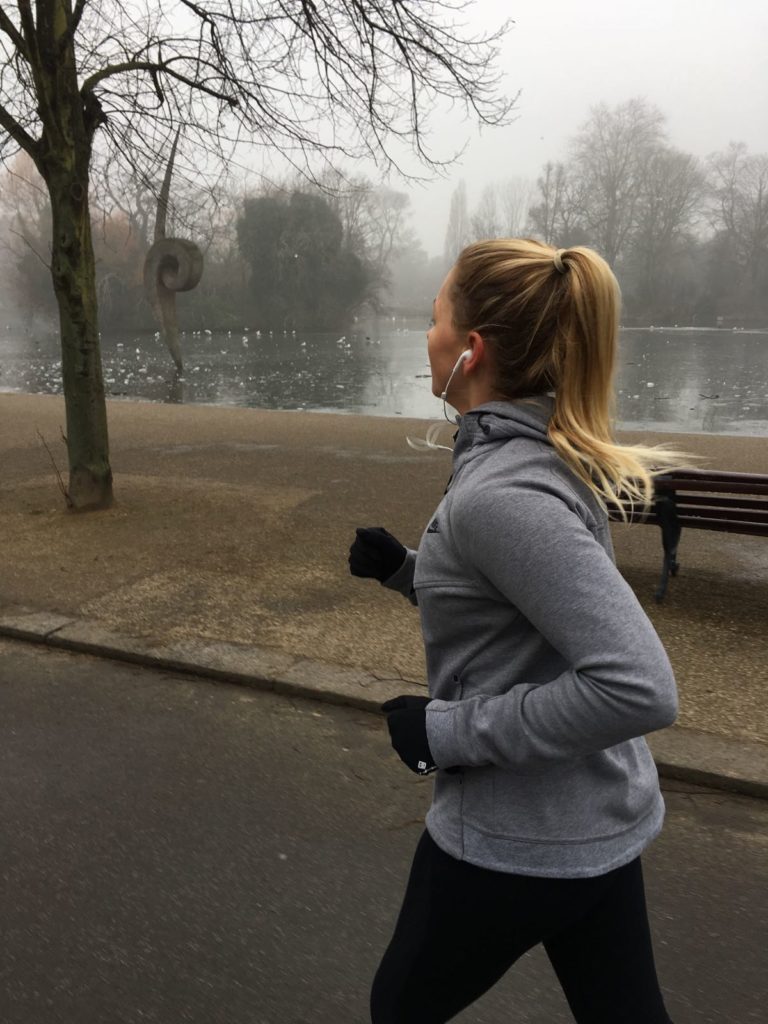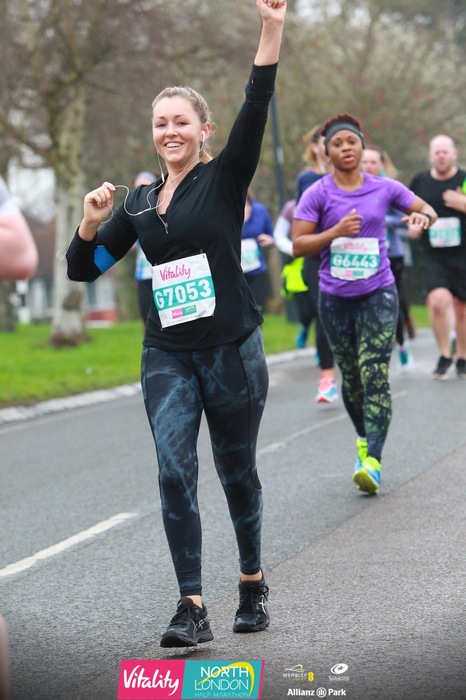HOW TO PREPARE FOR A HALF MARATHON
March 27, 2017
Preparing for a half marathon is pretty daunting, but with the correct planning and training, you will feel more at ease. I’ve always enjoyed a slow long run, around 6 – 9km is my sweet spot. But I’m always up for a challenge. So when Adrienne suggested to do the North London Half Marathon with a few of our friends, I signed up on the spot.
As I lead a very active lifestyle – teaching yoga and travelling almost every week, I couldn’t afford to sustain any injuries during or after the half marathon. I did my research and carefully planned my training and rest to get me through the 22km run. Here a few of my tips to help you get through your first half marathon:
BUILD A RUNNING BASE
Before you start, you need a solid base before you take on half marathon training. You should be running at least three times a week: Weekday runs should average about 30 minutes, and your weekend long run should be up to at least 5km. The longest run I ended up doing was 15km, one week before the race. Each person differs, so listen to your body and see what is right for you.
PICK A TRAINING PLAN
An average, a half marathon training plan is around 12 weeks (just 3 months). If you have the time, I would go for a training plan of 14 weeks – just in case you are sick or miss a few runs. I signed up to the half marathon with only 12 weeks to go, so I had no choice but to stick to the training plan. I used the Nike+ Run Club app to keep me on track. Use the “Get Ready for Race Day” function to set up your training plan. The app will then calculate all your training needs – speed runs, long runs and recovery runs.
GET THE RIGHT RUNNING GEAR
All the gear and no idea – that was me. I made sure I had the correct shoes for my running gait and for long distance running. As I pronate, I am a big fan of theASIC gel kayano running shoe. You can have your running gait tested at the Asics flagship store in London which I can highly recommend. If you are going to buy new shoes, make sure you do it at the start of your training plan to avoid unwanted blisters.
FIND A RUNNING GROUP
Finding a running group isn’t necessary, but it is great for motivation. Personally, I prefer to do most of my runs solo, however running in a group definitely helps with the longer training runs. I didn’t find a regular running group as I travel most weekends, but my friends have enjoyed joining in with the Adidas Running group in London.
SEE A CHIROPRACTOR
As I haven’t had a check up at the Chiropractor since moving to London, I wanted to make sure I was in tip-top condition before I ran that ridiculously long race. The chiropractic adjustment is the primary tool to get you moving better. By restoring correct joint alignment and function, chiropractic adjustments can increase range of motion and flexibility thereby giving increased strength, enhanced health and perfect performance.
From a mechanical perspective that sounds good and it certainly achieves a lot. I thought I was in pretty good shape (and balance) but years sitting at a desk and lugging a heavy bag around the city left me a little lop sided.Ross Watson Chiropractic helped to level out my imbalances in just three sessions, leaving me in the best possible shape for the half marathon.
MAKE SURE YOUR NUTRITION IS ON POINT
All this additional running without the correct nutrition can leave you tired, lethargic and at risk of getting sick. To avoid getting sick (which was my biggest fear), I increased my calorie intake during my training to give me the sufficient amount of energy to complete my training runs. Lots of vegetables, slow releasing carbs and vegetarian protein sources. I found having some porridge sprinkled with some nuts and maca powder was a great pre-run meal for my long weekend runs. I also used some energy chews during the half marathon which gave me an extra boost along the way (which I very much needed). Make sure you test these out during your long runs to see if they work for you.
RESEARCH YOUR RACE COURSE
I had heard that the North London Half Marathon was a very hilly course and they weren’t joking! The hills absolutely killed me during the race, so in hindsight, I wish I had included some training runs with hills. Most of my training was on flat terrain, so if you can add some hills to your training schedule, you should be better equipped in the race.
REST AND RECOVERY
The most important element of your training is rest days and recovery. I made sure I had two rest days in between my running sessions. On these days I would do yoga, pilates or other exercises that didn’t include running. A foam roller will also be your best friend so make sure you get one for home. I also found long hot baths after my runs the best way to help my legs and body recover. Add epsom salts or magnesium for extra support. And last but not least, a good sports massage was key to my recovery each week.
MUSIC OR NO MUSIC?
I had used music throughout all my training runs, so I planned to use music during the half marathon. On the day, I ran the first 10km with Adrienne, and then I slipped on my tunes to help me with the last half of the race.
ON RACE DAY
At the end of the day, it’s a mind over matter type of game. My main goal was to finish the race, running the whole way. I’m happy to say I ran across the finish line at 2 hours and 20 minutes and for my first half marathon, I thought I did pretty well. The combined energy of the other participants and the encouragement from the spectators, really pumped the adrenaline on the day.
My biggest piece of advice is enjoy the run, know that you’ve done all the correct preparation and most of all HAVE FUN! I can’t say I’ll be doing another one anytime soon, as it was the hardest race I’ve ever done. If you’re planning your first half marathon and you have any questions, feel free to leave a comment below.






